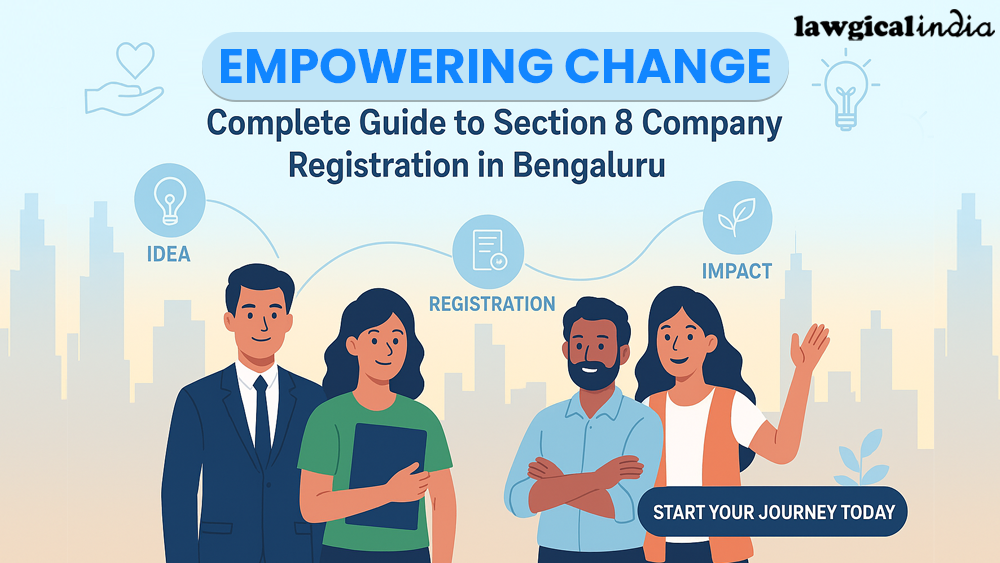What is a Trademark?
Any word, phrase, symbol, design, or even a mix of these things that identifies your products from those of others is a trademark. It's how customers recognise you and distinguish you from your competitors in the marketplace.
"Trademarks" refers to both trademarks and service marks. A trademark is used for commodities, whereas a service mark is used for services.
Cancellation of Registered Trademark
The Trademarks Act of 1999 governs trademark-related matters in India ("Act"). A trademark must be registered with the Registrar of Trademarks in order to be valid and legitimate ("Registrar"). When trademarks are cancelled, the Registrar's books are cleared. The Registrar is notified when it has to be modified, withdrawn, or cancelled. The cancellation methods, justifications, and mechanism are all specified in the Act.
Who Can File A Trademark Cancellation Request?
Trademark registration can be cancelled by anyone who has been damaged by it. A person who is harmed by a trademark is known as an aggrieved person in trademark law.
Anyone who is interested in a trademark can cancel it. Anyone can apply for it, but only for the reasons set forth in the Act.
If the trademarks connected to any goods or services are no longer registered, or if it has not been renewed after ten years, the Registrar of Trademarks can withdraw it on his own.
The proprietor can exercise their entitlement under Section 58 of the Act by requesting that the trademark be withdrawn from the register.
Grounds For Cancellation
Sections 47, 50, and 57 of the Act define the grounds for cancellation. They are as follows:
- Without a genuine desire to use them, trademarks are registered alongside goods and services.
- For the first five years after it was registered, the trademark was not in legitimate use, and that time has now passed.
- When a trademark is registered, it is used in such a way that the public is misled or confused.
- The proprietor has misled or failed to disclose any substantial facts linked to it in the application for registration that, if fully disclosed, would not justify such registration.
- After conditions change after registration, a registration becomes invalid.
- If a provision in the Register of Trademarks is broken or neglected, any individual can request cancellation of registration.
Whom To File For Cancellation?
The Registrar of Trademarks is responsible for filing the cancellation application, and the Registrar of Trademarks receives the cancellation application.
Trademark appeals are handled by a trademark appeals board, also known as the Intellectual Property Appellate Board in India.
India is divided into five boards: Chennai, Delhi, Mumbai, Kolkata, and Ahmedabad. Each city's Registrar or Appellate Board receives a cancellation request.
Procedure For Cancellation of a registered trademark
When you submit a cancellation request to the Registrar or Appellate Board, they will notify all parties involved, including the trademark owner and registered user (s). Before the Registrar, the affected parties file counter statements to the application. Both sides are given a chance to defend their arguments. Both sides provide evidence, and their arguments are heard.
After hearing all sides, the Registrar gives an order based on the evidence offered by the parties. If a trademark is filed and then cancelled by the Registrar, the trademark is removed from the Registrar's registry. The Appellate Board can hear an appeal of this ruling. If an application is brought directly to the Appellate Board, they follow the same procedure as civil courts.
The Registrar of Trademarks uses a procedure similar to that of a civil court. The Registrar is notified to cancel the trademark as soon as the Appellate Board determines in favour of cancellation. In reaction to the Appellate Board's ruling, a written petition to the High Court can be filed.
Documents for Trademark Cancellation
On the required form, an application must be printed three times.
A statement of the case that describes the nature of the Applicant's interest, the supporting facts, and the remedy sought.
Forms For Cancellation
The 2017 Trademarks Rules provide for cancellation forms to be filed with the Registrar. These three types are as follows:
Form TM – O: Appeals filed for trademark cancellation based on the requirements of the Geographical Indication of Goods (Regulation and Protection) Act, 1999.
Form TM – U: A trademark cancellation appeal has been submitted. The registered owner or anybody else fighting the registered trademark can file a cancellation request. The cancellation is carried out by the authorities in accordance with Section 50 of the Trademark Act.
Form TM – P: Request for a correction or amendment in the Trademark Registrar's register in connection with the cancellation of the trademark or the registered owner.
Consequences Of Trademark Cancellation
- It's possible that your appeal against a pending registration will be rejected.
- If cancellation is allowed, the mark may be completely removed or its use limited.
- If the source of interference is demonstrated, the registration of the mark, or several independent marks, may be rejected.
- The registration of the trademark can be transferred to the rightful owner.
- It is possible to have dual trademark ownership.
- To prevent dilution and trademark confusion, there will be restrictions and rules in place.
Conclusion
We at Lawgical India can help you with the trademark cancellation process so you don't need to worry about it.
The experts at Lawgical India not only assist you with trademark registration but also with trademark cancellation services. You can obtain the best services for a low price. The service providers have years of experience in this industry and have satisfied a large number of clients with their work.










